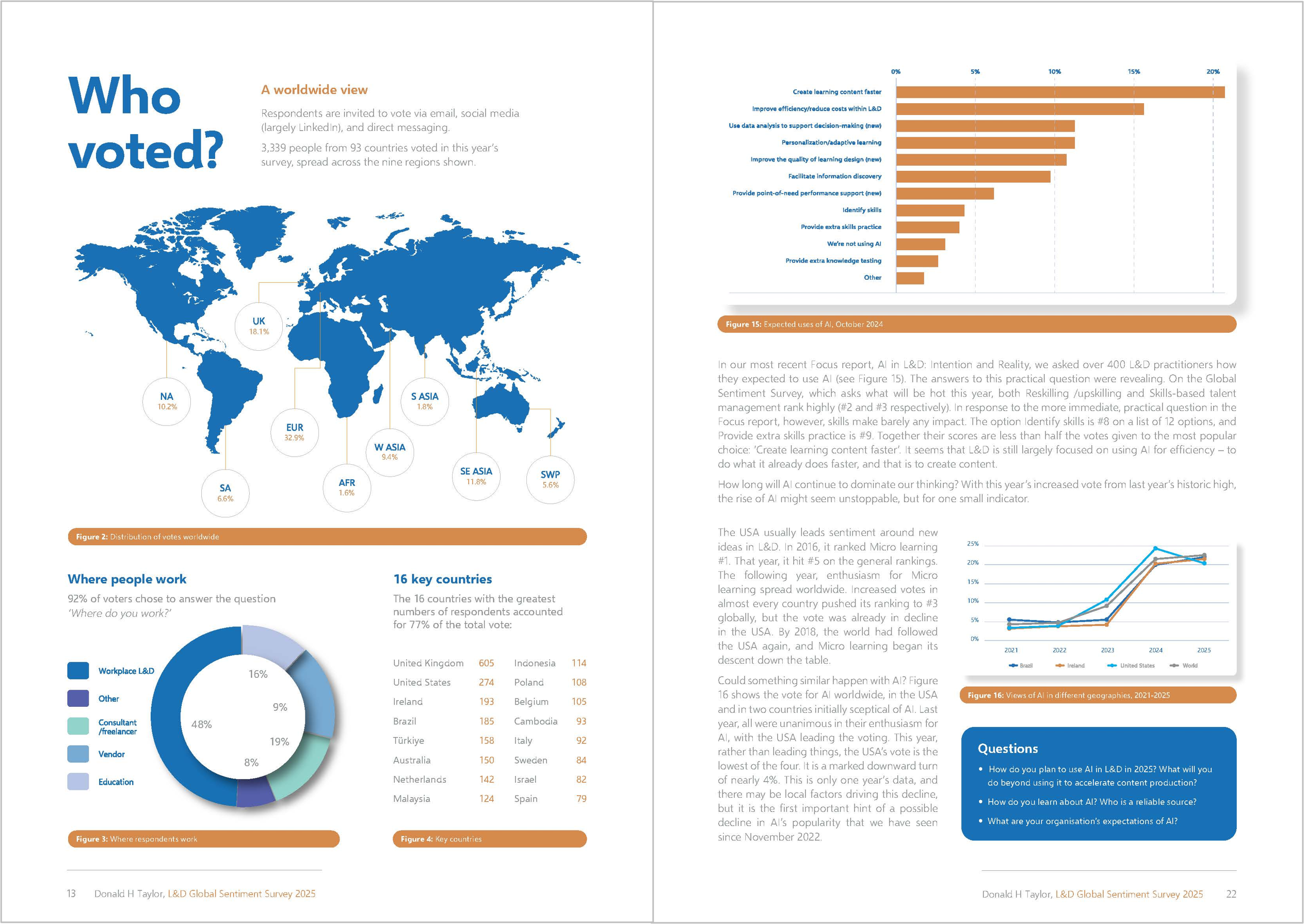What is Talent Management?

Talent Management is hot. A Technorati search on the phrase yields 3 to 4 times as many hits as one on ‘Human Capital Management’. Like apple-pie and motherhood, nobody take issue with ‘talent’, and everyone thinks they have it (whereas nobody likes to think they’re a ‘human capital asset’).
But what on earth does it mean?
Here’s my answer.
Talent Management is making capability match commitments.
This is unlike most definitions of talent management, which give a list of activities that make it up. That’s usually because they aim to sell you recruitment, software or consultancy (disclosure: yes, I am a director of InfoBasis, which produces excellent technology that can help in Talent Management).
That’s like answering the question ‘What’s a car for?’ by describing the process of driving – what you do with the steering wheel, pedals, mirrors etc. It explains how you do it, but not why: to get from A to B.
My suggested definition focuses on the aim of talent management. It’s an organisational aim, rather than an individual one, geared towards one thing: ensuring that an organisation is able to do what it sets out to do today and in the future. And it assumes that capability is based on an organisation’s sole source of value and competitive advantage in a developed economy: its people.
How do you make capability match current and future commitments? With three core processes:
- Understand what your people can do
- Deploy them better today
- Ensure they can do more tomorrow
These processes are not supposed to suggest that people are objects owned by an organisation. Although I have no problems with the idea of people as assets in a loose accounting sense (see previous post), they are not chattles. The employer has a duty of care to employees that extends beyond ensuring they are fit for today’s labour. As a matter of enlightened self-interest, of course, it is a fact that the right environment for employees ensures greater productivity (for more on high-performance work practices, the CIPD paper by Sung and Ashton).
What lies beneath these three processes? That will come in a following post.


